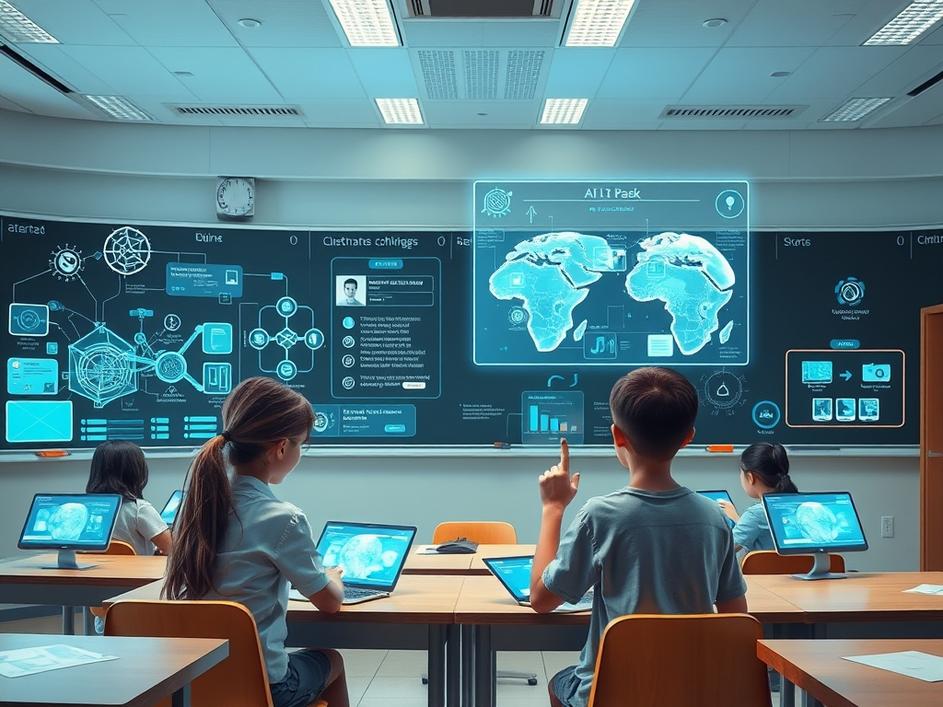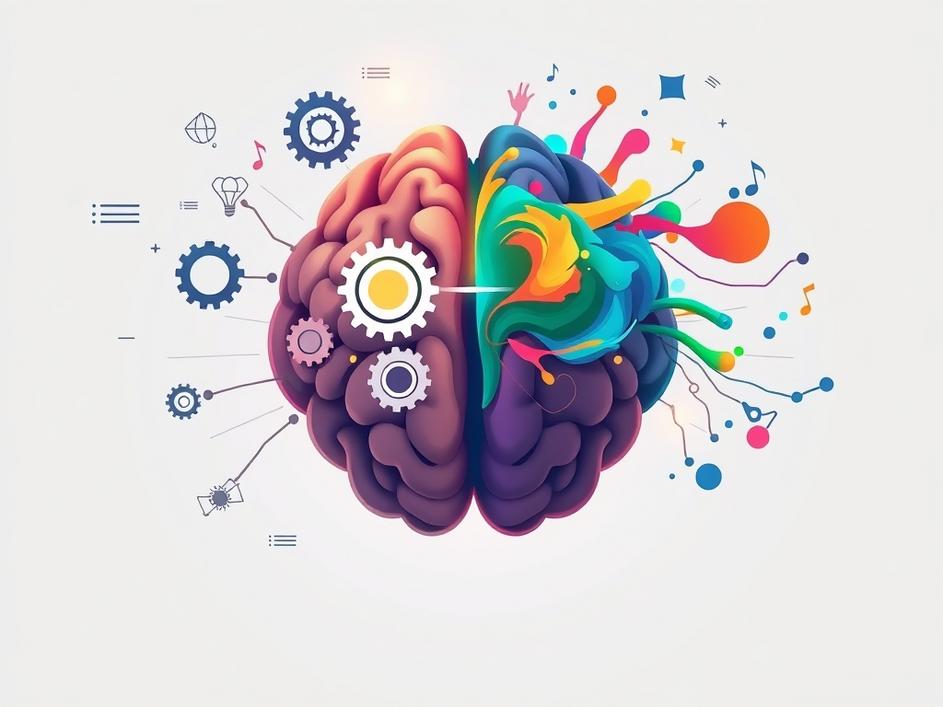


We are a digital agency helping businesses develop immersive, engaging, and user-focused web, app, and software solutions.
2310 Mira Vista Ave
Montrose, CA 91020
2500+ reviews based on client feedback

What's Included?
ToggleEvery year, the tech world buzzes about the Consumer Electronics Show, or CES. It’s where companies show off their coolest new gadgets and ideas. Winning an award there is a really big deal, like getting a gold medal in the Olympics of innovation. So, when a company not only wins one award but two, in two super important categories—AI and EdTech—you know they’ve hit on something truly special. That’s exactly what happened with Firsthabit, a company based out of Seoul, South Korea. They just snagged dual CES 2026 Innovation Awards for something they call CHALK AI, which they’re calling the world’s first “Visual LLM.” This isn’t just another shiny new toy; it hints at a big change in how we might all learn, from kids in school to adults trying to pick up a new skill. It really makes you stop and think about what learning could look like very soon.
Imagine showing up to a huge competition with thousands of entries, all trying to prove they have the next big thing. That’s CES. The Innovation Awards aren’t just given out easily. Experts spend a lot of time looking at how clever, useful, and original each product is. Firsthabit winning in both Artificial Intelligence and Education Technology categories tells us something important. It means their CHALK AI isn’t just smart tech; it’s smart tech with a real, tangible purpose. Winning in AI means the underlying technology is really advanced and well-designed. Winning in EdTech means that advanced tech has been put to work to solve real problems in how we teach and learn. It’s a powerful combination, showing that Firsthabit isn’t just building cool tech for the sake of it, but building it to make a meaningful difference in a crucial area: education.
Now, let’s talk about this “Visual LLM” idea with CHALK AI. We’ve all heard about LLMs, or Large Language Models, right? They’re the brains behind things like ChatGPT, letting you talk to a computer and get human-like answers. But these models mostly work with text. They read words, they write words. A “Visual LLM” is a step beyond that. Think about how much of our understanding comes from what we see – diagrams, charts, videos, even just looking at a physical object. CHALK AI aims to bring that visual understanding into the AI world. Instead of just describing what a complex machine looks like, it could show you, maybe even in an interactive 3D model. If you’re learning about historical events, it could not only tell you about them but also show you animated maps or reconstruct scenes. This means learning wouldn’t just be about reading; it would be about seeing, interacting, and really experiencing information in a much richer way.
The implications of a “Visual LLM” in education are huge. Imagine a student struggling with a tough math concept. Instead of just reading explanations, CHALK AI could create a step-by-step animation showing the problem being solved, maybe even letting the student manipulate virtual objects to grasp the idea. For science classes, it could simulate experiments that are too dangerous or expensive to do in a real lab. It could help teachers make lessons much more dynamic and engaging without needing to be animation experts themselves. This kind of tool could also personalize learning in a new way. If the AI sees a student is a visual learner, it could automatically present more information through images and videos. It could also help bridge gaps, making complex subjects more approachable for everyone, no matter their preferred learning style or background. It’s about making knowledge accessible and exciting in ways we could only dream of before.
From where I stand, Firsthabit’s CHALK AI isn’t just another teaching aid; it feels like a genuine shift in how we think about learning itself. For a long time, education has been very text-heavy. Books, lectures, written assignments. While these are super important, not everyone learns best that way. Bringing powerful visual understanding and creation into the mix with AI means we can finally start to cater to the full spectrum of human learning. I see a future where classrooms are less about memorizing facts from a page and more about exploring concepts through interactive, personalized experiences. Sure, there will be challenges – making sure the content is accurate, ensuring equitable access for all students, and training teachers to use these new tools effectively. But the potential for a deeper, more intuitive, and ultimately more enjoyable learning journey feels incredibly promising. It’s about making abstract ideas concrete and giving every learner a clearer picture of the world.
So, Firsthabit’s dual CES Innovation Awards are more than just trophies for a company; they’re a signpost for the future. With CHALK AI, they’re not just improving on old ways of learning; they’re helping build entirely new ones. The idea of an AI that truly understands and generates visual content right alongside text is a huge leap forward. It’s exciting to think about how this will change schools, universities, and even how we learn skills for our jobs. The journey will undoubtedly be full of discoveries and adjustments, but one thing is clear: the chalkboard, whether physical or digital, is about to get a whole lot more dynamic and engaging. Get ready for a world where seeing truly is learning, in the most immersive way possible.



Leave a reply